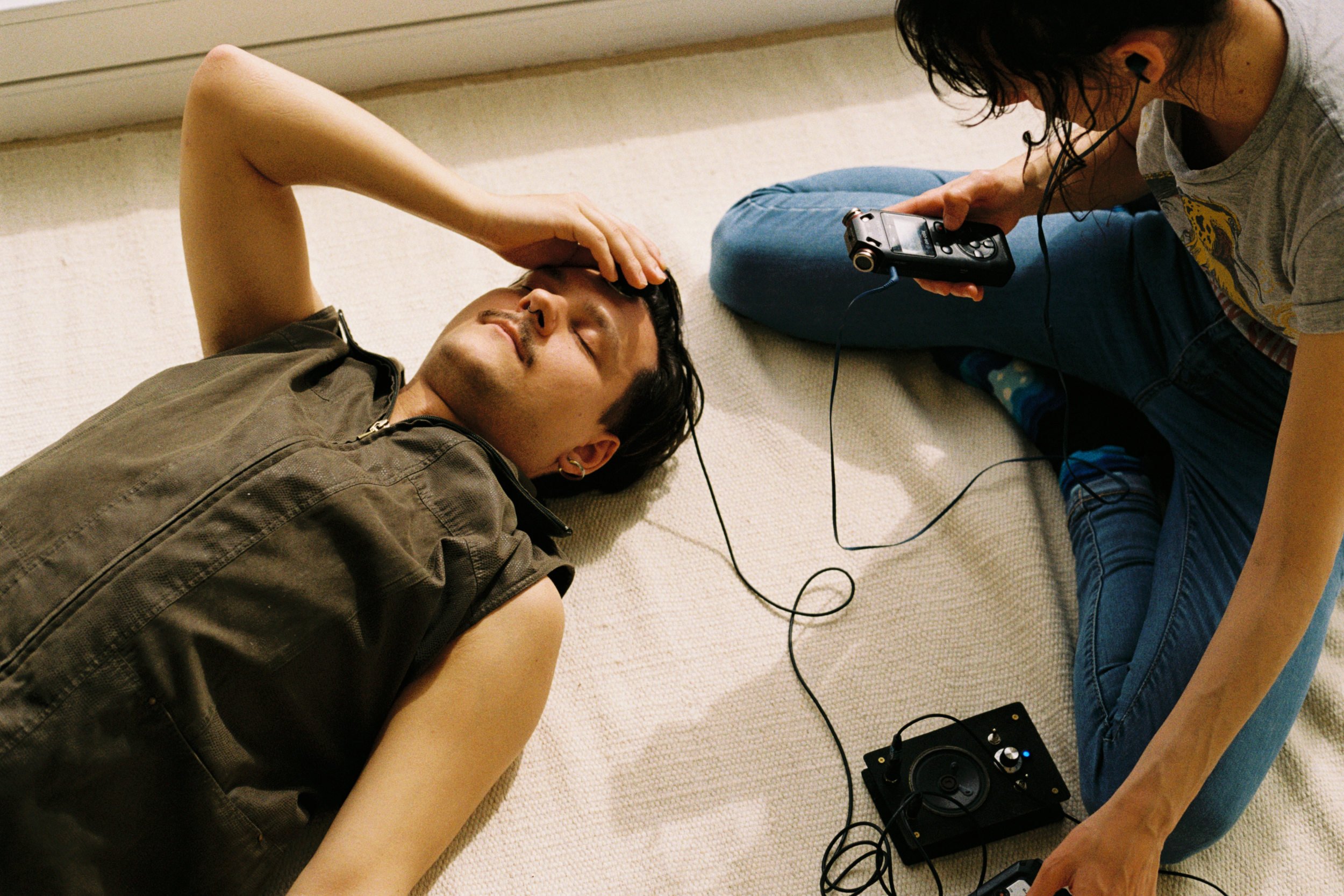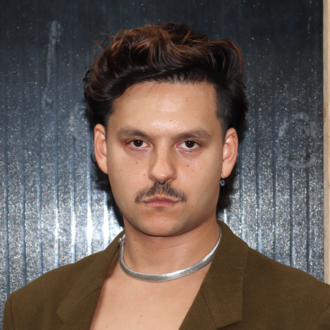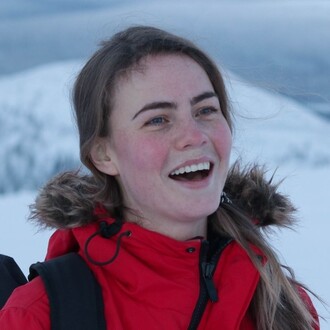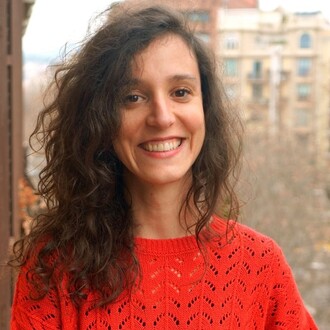Welcome to the Guild of Hydrosemiosis: a para-institution that calls upon the movements and memories of bodily, planetary, and speculative waters – or as we know it, the Wave.
The Wave is the endless movement of water through planetary spaces, bodies, and times. It is the agent of change in cycles of life and death, renewal and decay. Circulating across (and challenging the boundaries between) inner, outer, and other worlds, the Wave creates, carries, and dissolves bodies, memories, and meanings.
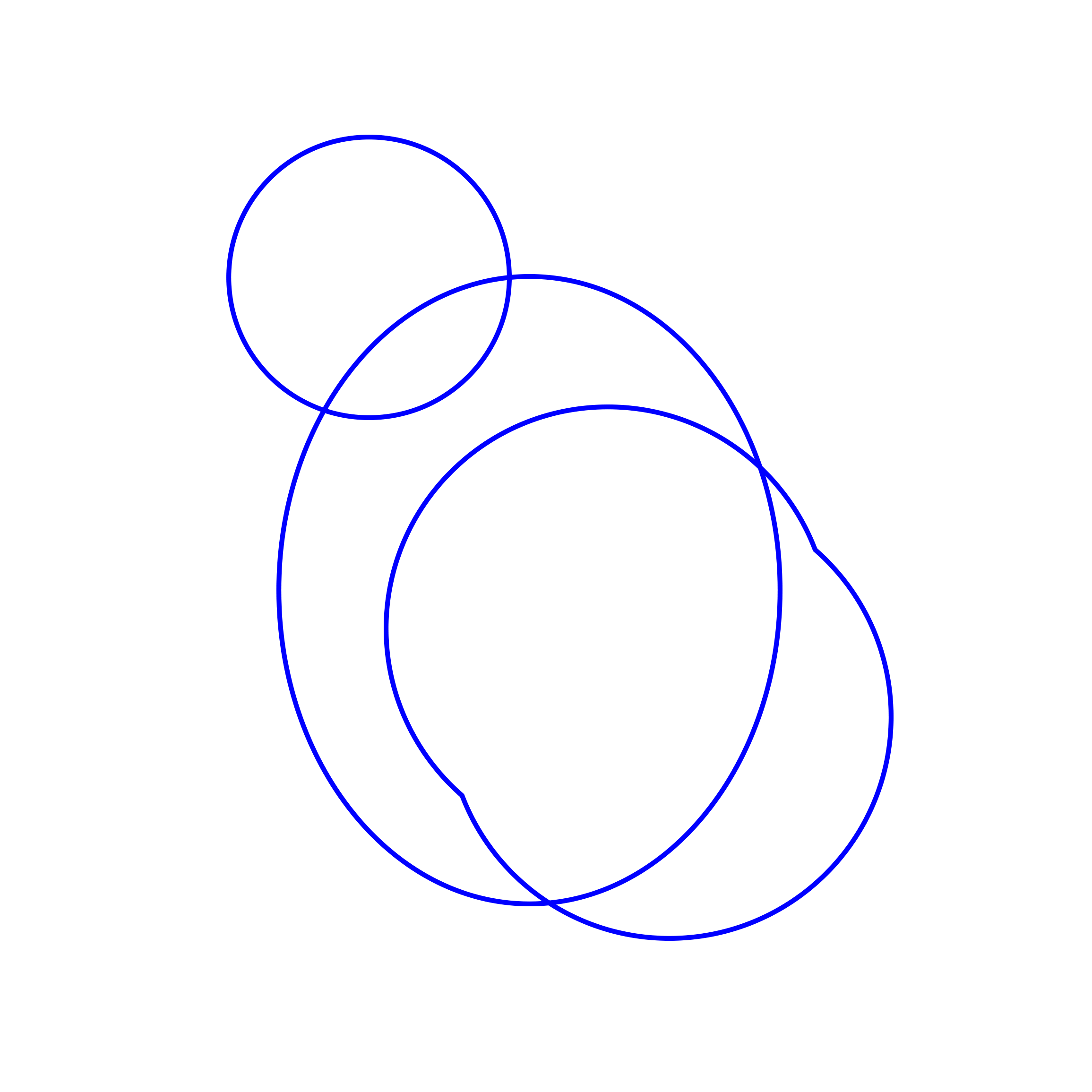
The Guild of Hydrosemiosis invites attunement to the Wave as a semiotic practice. That is, we understand the circulation of water as something that, in uniting and differentiating living and non-living bodies, is entangled in countless processes of meaning-making. In the Guild, we enquire into how our human bodies and practices are inter-implicated in these processes.
The term ‘hydrosemiosis’ refers to the sign processes of water – to the watery entanglements that produce meaning. Natural scientists studying waterscapes are involved in hydrosemiosis (Baker 2017); for instance, paleohydrology looks at landscapes to interpret the processes of water in the past, water isotope forensics studies the isotopic fingerprints of water to trace its histories and pathways, and biomonitoring measures human blood and urine for signs of environmental chemicals. The Guild enquires into the scientific practices of hydrosemiosis but approaches them from the edges that line the techno-scientific centre. Indeed, we foreground hydrosemiosis as a speculative feminist practice that produces embodied, relational, and even mythical meanings to parallel scientific meanings of water.
The Guild draws on the ancient practice of hydromancy: a form of divination by means of water through, for instance, the observation of waves and ripples. Here, hydromancy is understood not as an accurate prediction of a specific event in the so-called future, as in a linear understanding of time, but rather as an activity that allows for engagement in thick time, where past-present-futures come to a confluence. This practice celebrates reading beyond the binary division between the passive sign and the active reader. It acknowledges the agential multiplicity of intersubjective signalings and the complexity of their asymmetrical relationships that sometimes surface as ephemeral moments of knowing in the vastness and depths of the Unknown.
Crucially, hydrosemiosis as a feminist practice is confined neither to the space of science nor the space of myth – it is also simply the practice of living and relating as a body of water. To practice hydrosemiosis is to be part of any meaning-producing watery encounter; a scientific effort to understand hydrological processes, a watery ritual, or cry / swim / hug / sex. It is to recognise, and carefully navigate, the material-semiotic entanglements of which our watery bodies are always already a part (Neimanis 2017).
As a feminist attunement to the Wave, then, hydrosemiosis also becomes an ethical practice. While humans are the custodians of their own (constantly changing) bodily waters, our entanglement with other living and non-living bodies of water means that we are also deeply inter-implicated in planetary-scale processes variously affecting different bodies of water. The Guild of Hydrosemiosis, then, is also a space to hold and contemplate the crisis of meaning that comes with personal loss, as well as the systematic destruction, the semiocide (Maran and Puura 2013), of living and non-living bodies of water. In watery semiotic entanglements, meanings are made, but also unmade – and memory is accompanied by amnesia.
Join us for the initiation ritual into the Guild of Hydrosemiosis consisting of three ‘scores from the wetness field’ emergent through (dis)located sonic rituals. The scores meditate on 1: bodily waters and the crisis of meaning, 2: the hidden messages of controlled/contained waters in Amsterdam, and 3: scientific practices of snow sampling and analysis in Finnish Lapland.
